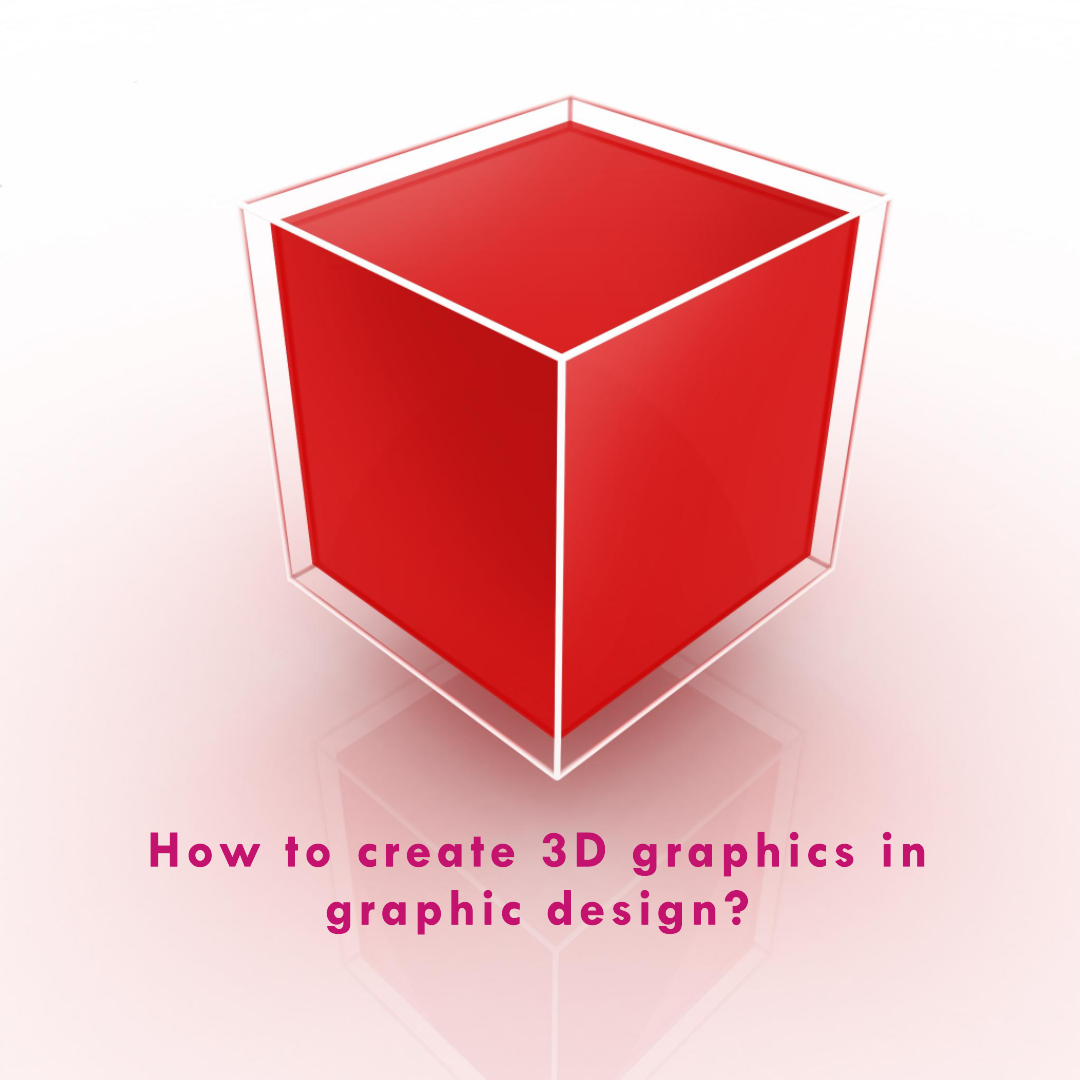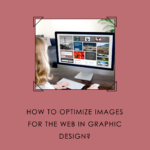How to create 3D graphics in graphic design?
Creating 3D Graphics in Graphic Design: A Comprehensive Guide
3D graphics have become an integral part of graphic design, adding depth, dimension, and realism to visual communication. Whether it’s creating product mockups, architectural visualizations, or captivating animations, 3D graphics offer a powerful tool for designers to bring their ideas to life.
Opens in a new windowpngtree.com
3D product rendering of a sleek smartphone
The Rise of 3D Graphics in Graphic Design
The advancements in 3D modeling and rendering software have made 3D graphics more accessible and versatile than ever before. Graphic designers now have a wide range of tools at their disposal to create stunning 3D visuals that enhance their projects and engage their audience.
3D Modeling: The Foundation of 3D Graphics
3D modeling is the process of creating a virtual representation of a three-dimensional object using specialized software. This involves defining the object’s shape, dimensions, and surface details, essentially building a digital blueprint for the object.
Types of 3D Modeling
There are two primary types of 3D modeling:
1. Polygonal Modeling: This method involves creating a mesh of polygons, such as triangles or quads, to represent the object’s surface. It’s a versatile and widely used technique for creating various shapes and forms.
2. NURBS (Non-Uniform Rational B-Splines): NURBS curves and surfaces are mathematically defined, resulting in smooth, continuous shapes that are ideal for organic and complex models.
3D Rendering: Breathing Life into 3D Models
3D rendering is the process of converting a 3D model into a 2D image or animation. This involves applying lighting, textures, and materials to the model, simulating the physical properties of real-world objects.
Rendering Techniques
There are two main approaches to 3D rendering:
1. Ray Tracing: Ray tracing simulates the physical behavior of light, tracing the path of rays from the light source to the object’s surface and back to the viewer’s eyes, creating photorealistic images.
2. Rasterization: Rasterization projects the 3D model onto a 2D plane, filling in each pixel with the corresponding color value, resulting in a faster rendering process but sacrificing some photorealism.
3D Graphics Applications in Graphic Design
3D graphics have become an indispensable tool for graphic designers across various fields:
1. Product Design: 3D modeling and rendering allow designers to create realistic mockups of products, showcasing their form, function, and materials before physical production.
2. Architectural Visualization: Architects and designers use 3D software to create detailed 3D models of buildings and interiors, enabling clients to visualize their projects before construction.
3. Motion Graphics: 3D animation is widely used in motion graphics to create captivating visual effects, explainer videos, and immersive presentations.
4. Illustration and Concept Art: 3D tools provide designers with new creative possibilities for creating photorealistic illustrations and conceptual art for various projects.
Essential Skills for 3D Graphic Design
To excel in 3D graphic design, it’s crucial to develop a range of skills:
1. Understanding 3D Principles: Grasp the fundamentals of 3D space, perspective, lighting, and composition to create visually appealing and realistic 3D scenes.
2. Proficiency in 3D Modeling Software: Master at least one 3D modeling software, such as Blender, Maya, or 3ds Max, to effectively create and manipulate 3D models.
3. Knowledge of Rendering Techniques: Familiarize yourself with various rendering techniques, including ray tracing and rasterization, to achieve the desired visual style for your projects.
4. Artistic Sensibility: Combine technical skills with a keen eye for aesthetics, color theory, and composition to create visually compelling and engaging 3D graphics.
Learning Resources for 3D Graphic Design
Numerous resources are available to learn 3D graphic design:
1. Online Tutorials and Courses: Numerous websites and platforms offer comprehensive online tutorials and courses on 3D modeling, rendering, and 3D graphic design.
2. Books and Reference Material: Immerse yourself in books and reference materials that delve into the theory and practical aspects of 3D graphic design.
3. Online Communities and Forums: Engage with online communities and forums dedicated to 3D graphic design to seek guidance, share experiences, and learn from fellow designers.
Conclusion
3D graphics have revolutionized graphic design, providing designers with the power to create visually captivating and realistic experiences. By mastering 3D modeling and rendering techniques, designers can expand their creative horizons and enhance the impact of their projects in various industries. Embrace the ever-evolving world of 3D graphics and elevate your design skills








